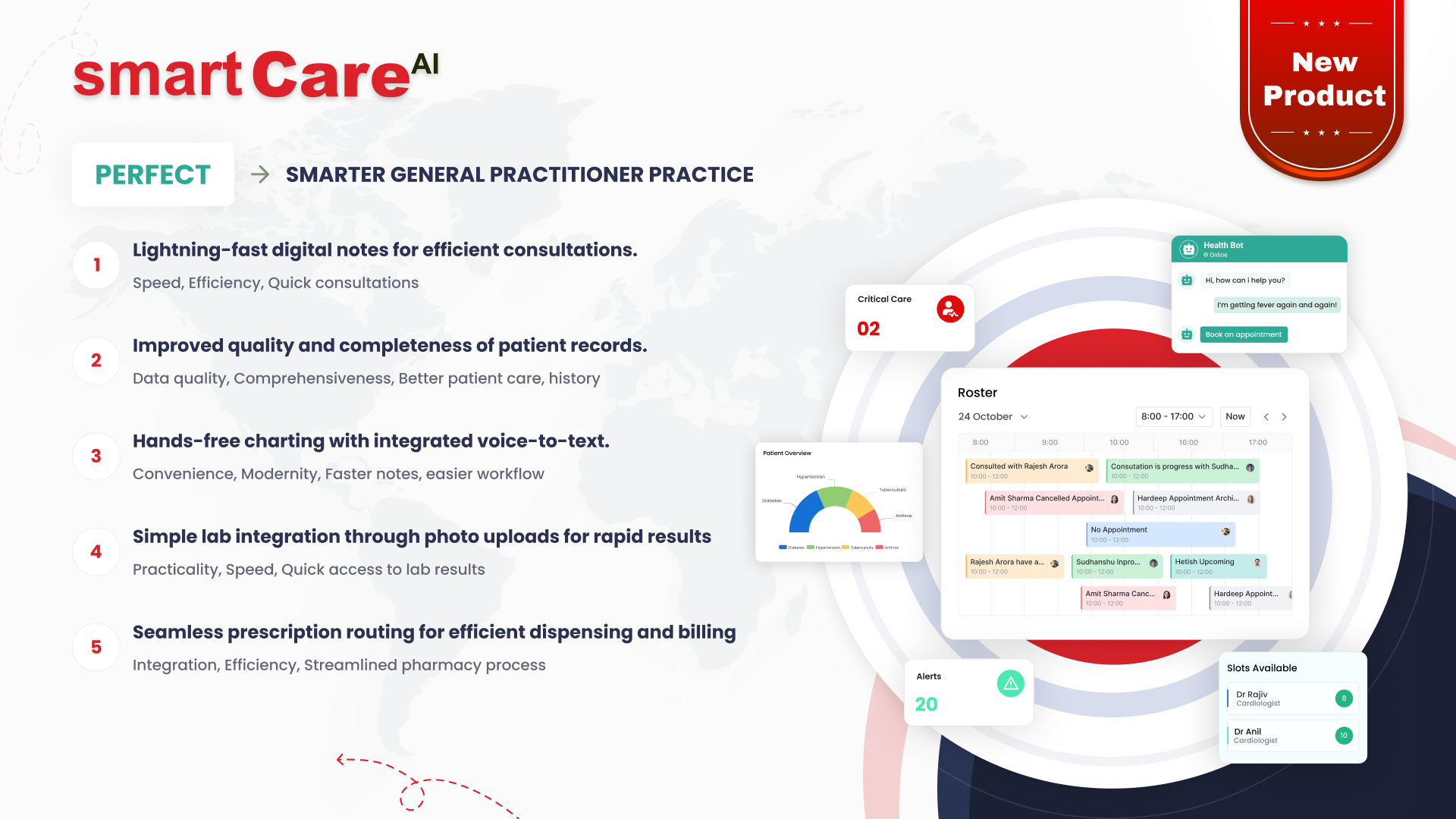
Posted On November 20, 2025
The Impact of Accessible UI Design on Patient Satisfaction
As healthcare increasingly moves online, the design of digital interfaces matters more than ever. A well-designed, accessible user interface (UI) can significantly influence how patients feel about their experience, reduce confusion, and build trust. By prioritising accessibility, healthcare platforms can make their services inclusive, friendly, and dependable for all users.
Why Accessibility Matters in Modern Healthcare Platforms
Accessibility in healthcare UI design ensures that all patients — regardless of age, abilities, or technical comfort — can use digital tools effectively. For many patients, especially those with visual, motor, or cognitive impairments, an inaccessible design can become a barrier to care. Offering accessible features is not only a matter of good design; it’s essential for equitable care. When platforms accommodate different needs, they promote patient independence and foster more positive digital interactions.
How Clear Navigation Enhances Patient Confidence
One of the first things a patient notices when using a healthcare portal is the navigation. If menus are confusing or links are hidden, users may feel lost or frustrated. A clear, consistent navigation structure helps patients find important sections like appointment booking, prescriptions, or medical records without stress. When users can confidently navigate a site, they spend less time searching and more time engaging, which directly contributes to satisfaction.
Improving Readability Through Better Text and Colour Choices
Design decisions such as font size, contrast, and colour choices make a big difference in readability. For patients with limited vision or colour blindness, poor contrast or small text can make content unreadable. Accessible UI uses legible fonts, sufficient spacing, and high contrast text to ensure clarity. These practices help patients read long medical instructions or form fields comfortably, leading to better understanding and fewer errors in data entry.
The Role of Mobile-Friendly Design in Patient Engagement
Many patients rely on their smartphones or tablets to manage healthcare tasks, such as booking appointments or viewing health records. A mobile-friendly design that adapts smoothly to smaller screens increases usability and trust. Accessibility on mobile means tappable buttons, large touch targets, and responsive layouts. When patients can use healthcare services on their preferred device without frustration, engagement and satisfaction rise.
Reducing Patient Stress with Simple and Predictable Interfaces
Adding too many elements, pop-ups, or complex workflows can overwhelm users, especially those under stress or in poor health. Accessible UI design emphasises simplicity and predictability: consistent layouts, simple instructions, and intuitive flows. For example, step-by-step forms for booking appointments or refilling prescriptions help patients understand what is expected of them. This calm, familiar structure reduces anxiety and increases patient confidence in using digital tools.
How Assistive Technology Support Boosts User Experience
Many patients rely on assistive tools such as screen readers, text-to-speech features, magnifiers, and voice commands. When a healthcare platform supports these technologies properly, it removes barriers that users with disabilities often face. Accessible UI design ensures that buttons are labelled correctly, forms are easy to follow, and navigation elements can be used without visual stress. This not only helps individuals with impairments but creates a smoother experience for all users.
Inclusive Design Features That Help Patients with Disabilities
Inclusive design focuses on features that accommodate a wide range of patient needs. This includes adjustable font sizes, high-contrast modes, alternative text for images, and keyboard-friendly navigation. Such features simplify interactions for patients with low vision, limited mobility, cognitive challenges, or hearing impairments. As a result, more people can independently access their medical records, book appointments, or communicate with doctors. When patients can use a platform without depending on others, their confidence and satisfaction naturally increase.
Building Trust Through Secure and Transparent UI Elements
Trust plays a central role in patient satisfaction. A well-designed and accessible interface helps patients feel safe when sharing personal information online. Clear indicators for privacy settings, simple consent forms, and transparent data usage notifications build credibility. When patients understand what is happening and why, they are more likely to stay engaged, respond to reminders, and follow treatment plans. Accessible UI design makes complex security steps easy to follow, which reduces confusion and helps build long-term trust.
The Connection Between Accessible Forms and Faster Patient Onboarding
Many healthcare platforms require patients to complete forms for registrations, medical histories, insurance details, and appointments. Accessible form design improves this process significantly. Features such as clear labels, error messages that are easy to understand, and straightforward formatting help patients complete forms without stress. When forms are accessible, patients make fewer mistakes, finish faster, and feel more comfortable using digital systems. This leads to better experiences during onboarding and reduces the workload for healthcare staff.
How Accessibility Drives Higher Satisfaction and Better Health Outcomes
Accessible UI design does more than improve usability; it improves overall health outcomes.
When patients can quickly find information, follow instructions, and communicate with healthcare providers, they are more likely to stay engaged in their care journey.
This level of clarity and ease directly contributes to higher satisfaction. Patients feel valued and supported, which strengthens their relationship with the healthcare provider.
In the long term, accessibility leads to better communication, faster decision-making, and improved continuity of care.
Conclusion
Accessible UI design is not a luxury in healthcare — it’s a necessity. By focusing on clear navigation, legible text, mobile responsiveness, and simple interaction flows, healthcare platforms can meaningfully improve patient satisfaction. When patients feel comfortable, understood, and in control, they trust the system more and are more likely to engage regularly. For expert guidance on designing accessible and patient-centred digital health solutions, visit https://smartdatainc.com/.
